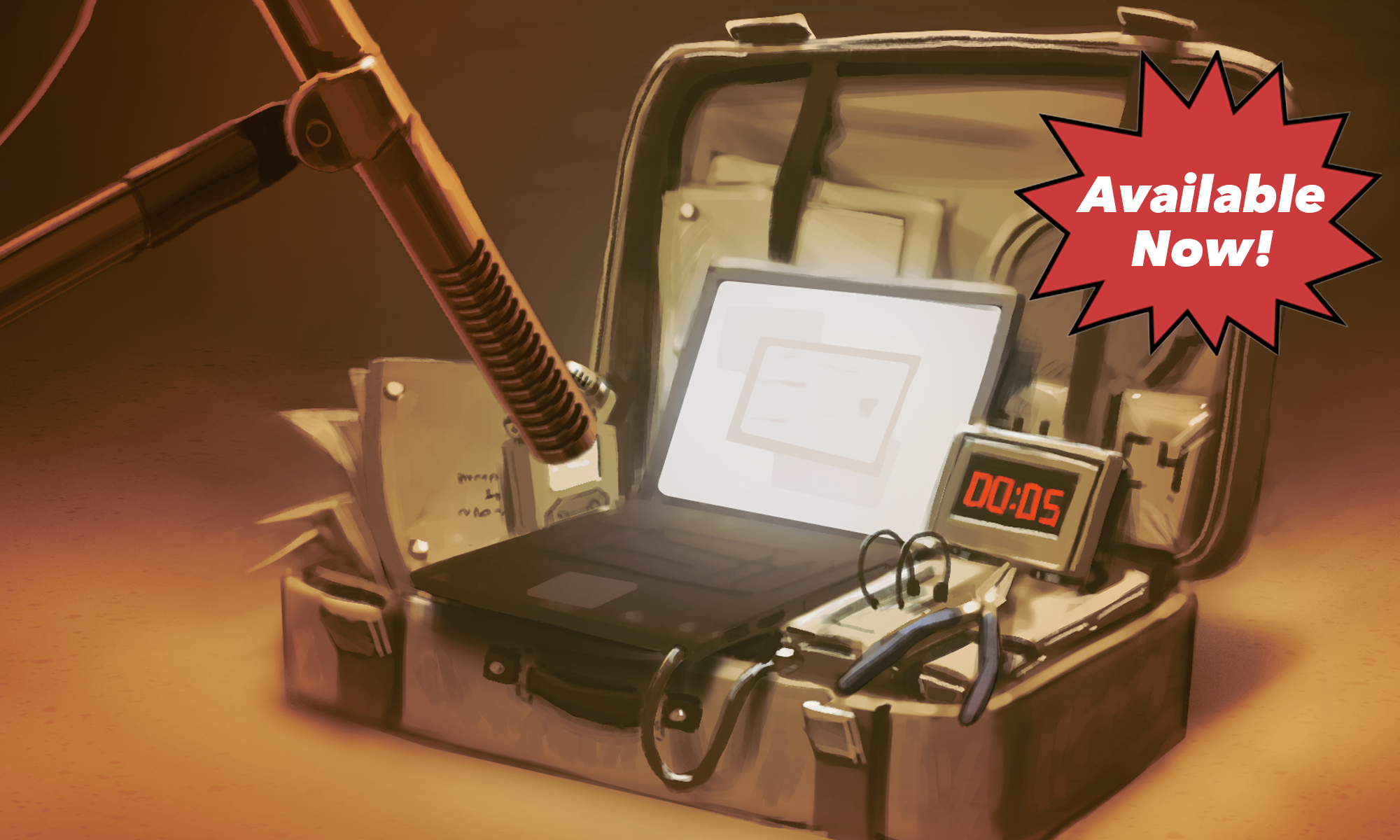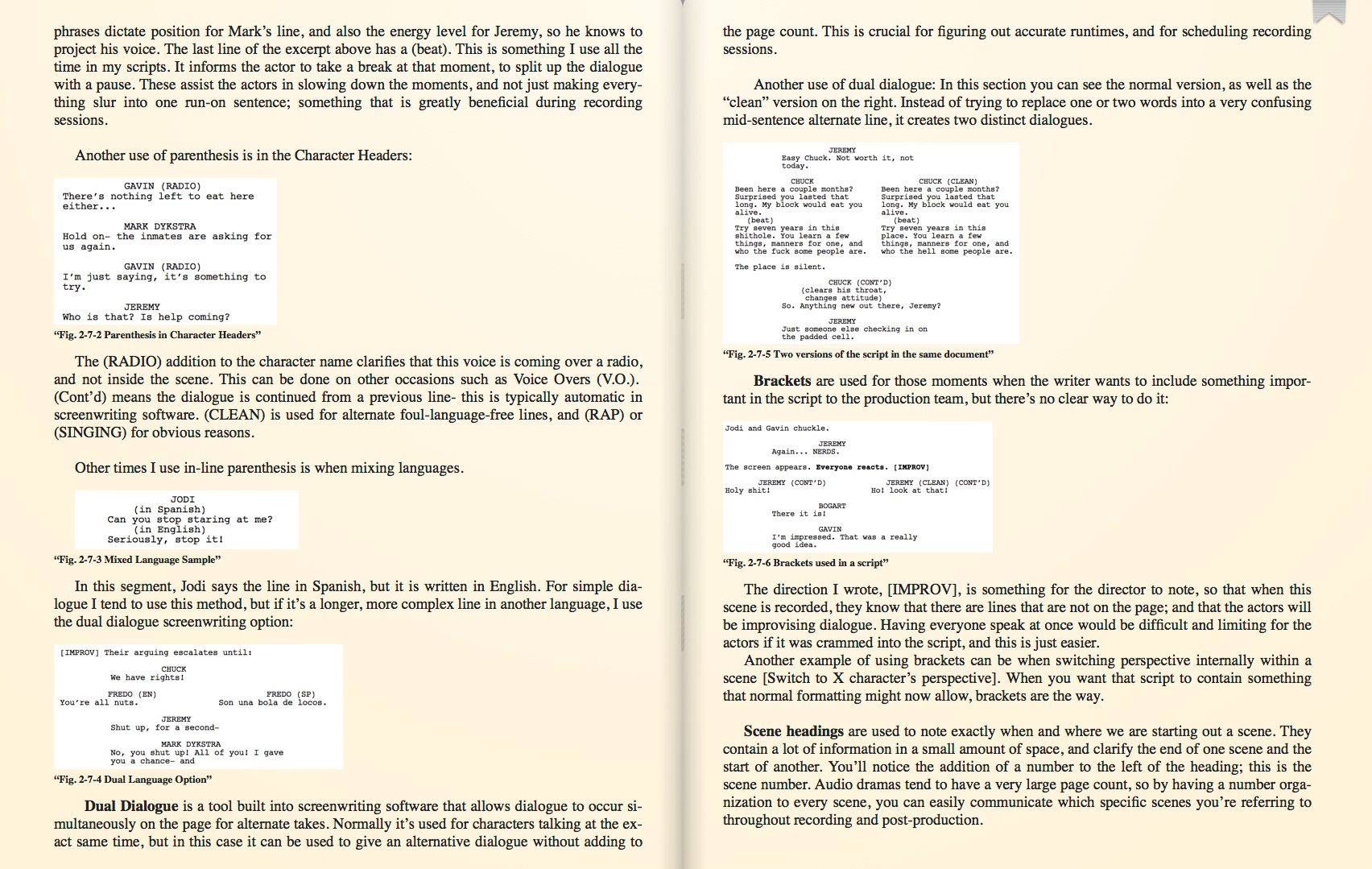Audio drama is having an art renaissance. The ease of access to the technology and the distribution platform of podcasts is turning up the volume on this form of aural entertainment. The growing listenership and metrics of reach are driving advertisers to these shows, injecting funding into the medium again, luring new creators to the field. This source of income is something that we must embrace as in a realistic world, art cannot grow without profitability.
Advertisers often struggle with pitching audio-entertainment because of the labeling/branding that corresponds with the particular programming. If one were to assign a certain dollar amount for advertising against audio programming, it becomes critical to know the differences between something like Audio Theater and something like a multi-cast audio book. The cost of advertising is typically proportional to the quality of entertainment, and the “star-power” that is attached.
To better help break down the various archetypes and format of modern aural entertainment, I came up with the following list. Several other producers in the medium have helped contribute to what is presented below, and I leave room for corrections and growth. If there’s a missing category or verbiage that could help broaden or narrow the scope of a classification, please feel free to comment below and contribute to the conversation. Communication progresses the medium.
-Kc
Audio Entertainment:
- Book-based: This section pertains to text that was directly translated FROM books, meaning that the dialogue and format hasn’t changed significantly from the first published materials.
- Non-Fiction
- Audio Book (NonFiction) – Single-narrator readings of nonfiction books.
- Fiction
- Audio Book (Fiction) – Single-narrator readings of narrative books.
- Enhanced Audio Book – Books with single or multiple readers, enhanced with sound effects and/or music.
- Multicast Audio Book – Books directly translated into audio with multiple performers reading different roles.
- Non-Fiction
- Audio Drama –This section pertains to narratives that are specifically written and designed solely with the intention of the final product being only audio.
- Radio Drama – Term used for narrative dramas produced during The Golden Age of Radio
- Audio Play – Term used for multiple actors performing roles with minimal narration and sound effects.
- Audio Journalism – Non-fiction news reporting style (Serial)
- Audio Mockumentary – Fictional news reporting style and found recordings (Welcome to Night Vale, Black Tapes, etc…)
- Sound Art/Experimentational – Fictional miscellaneous aural category. There’s a lot of room for using sound solely to tell stories, with varying amounts of VOX.
- Audio improv – Actors create a story specifically for audio, but doesn’t have a pre-existing narrative to follow. AKA Bat Improv – just as a bat can’t see, the improvisors rely on only their voices to tell their improvised story
- Audio Narrative – Term used for single-to-multi-cast stories that rely on the story to be told via narration/monologues, with possible accompaniment of Foley, SFX, and music (Alice isn’t Dead, Scotch, Mabel).
- Audio Theater – Term used for multi-cast narrative stories that follow a dramatic script, uses narration, sound FX libraries, and music.
- LIVE Audio Theater – Term used for multi-cast narrative stories that follow a dramatic script; uses narration, sound fx libraries, music, and possibly LIVE Foley (Wildclaw Theatre)
- Theater for the Mind** – Term used to describe multi-cast narrative stories, using minimal narration, using advanced sound design techniques, custom music and foley are used throughout the framework of the story.
** this is a particular branding that I have been using as my own personal and company’s aural archetype.


